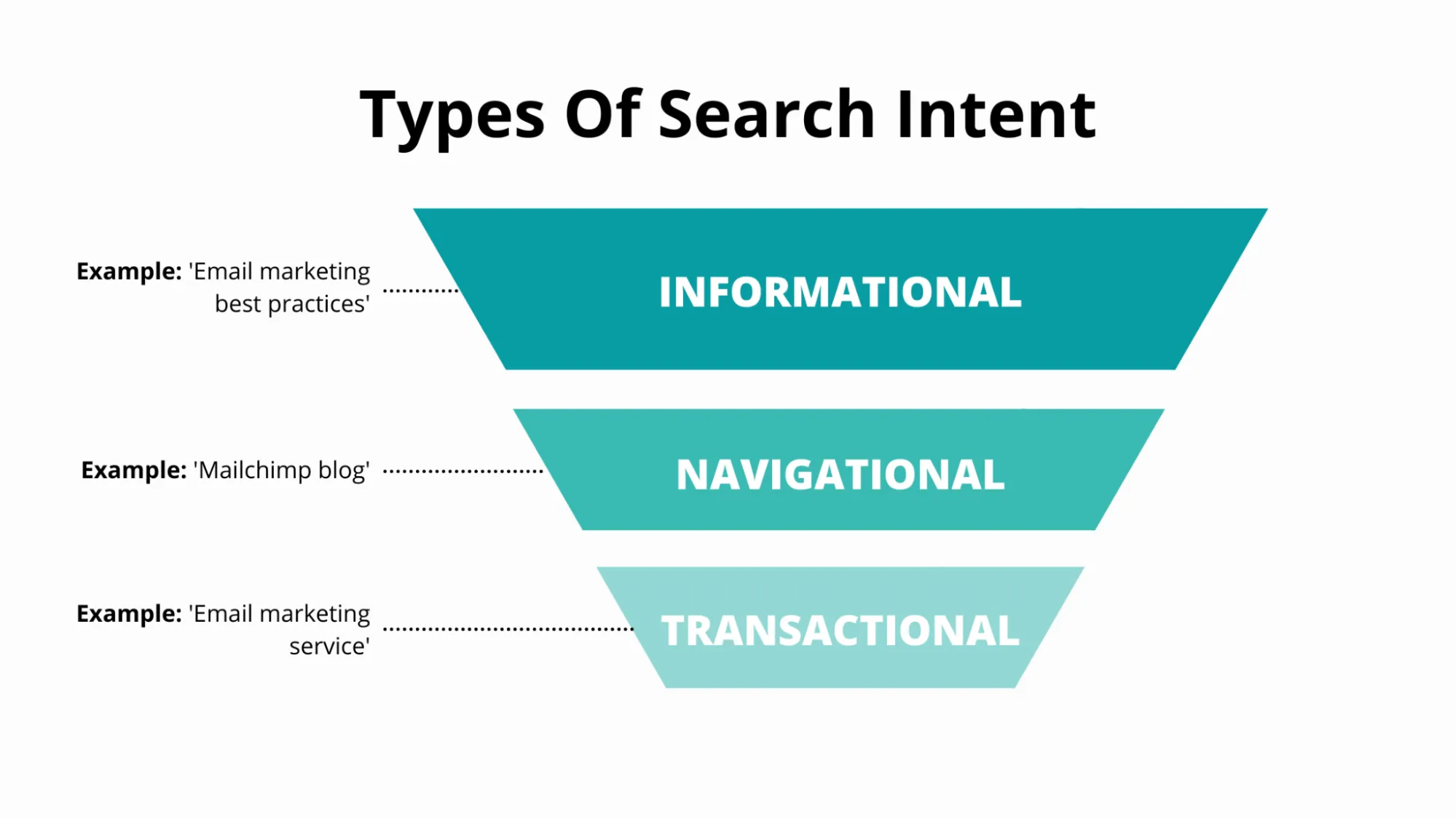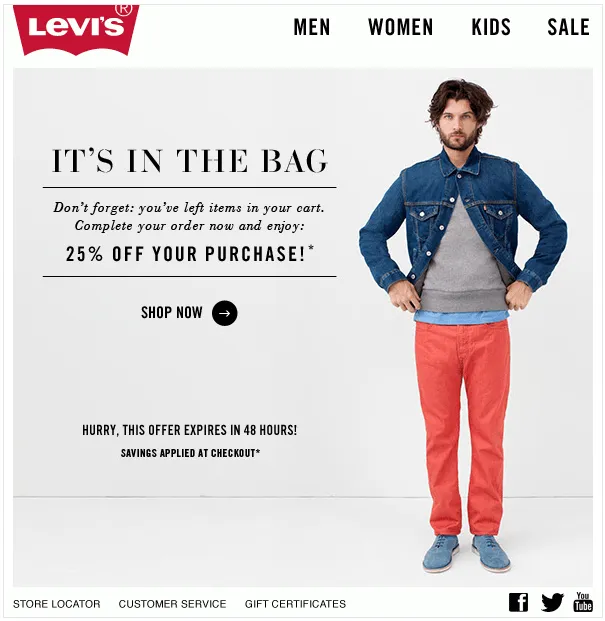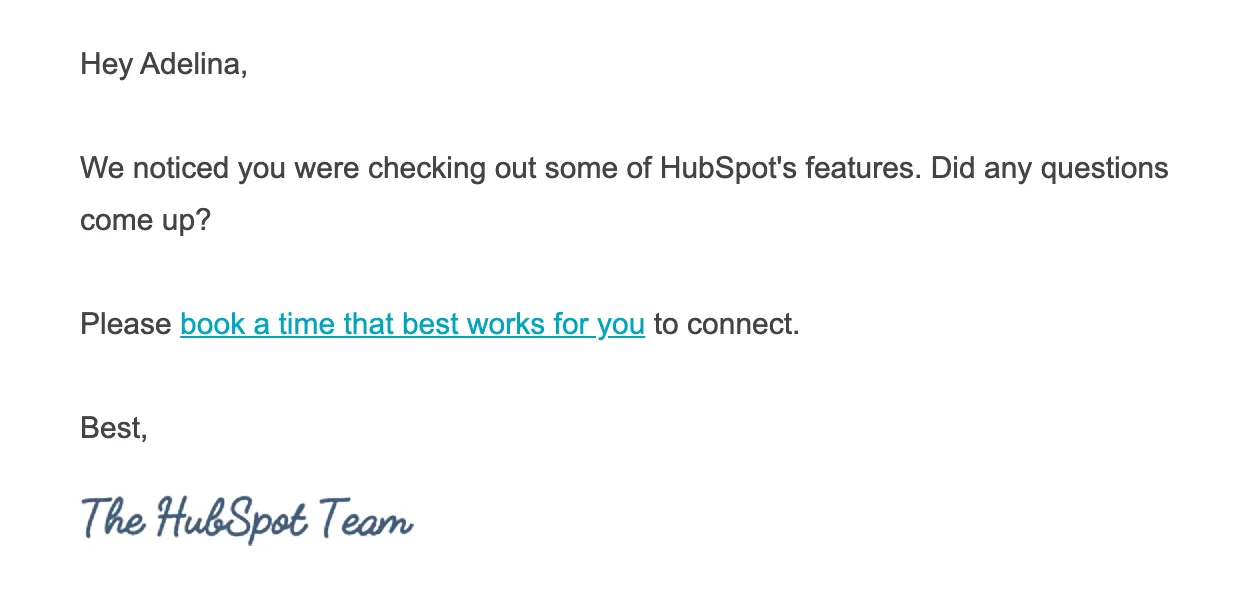How do you make sure your site visitors will return to make a purchase after they bounce? How do you accompany your prospects in every stage of the buyer’s journey? How do you increase customer retention?
Retargeting is the answer.
Retargeting has proven to boost conversions of paid campaigns significantly. Kimberly-Clark reports their conversion rates to reach 50-60% when they rely on retargeting.
Displaying paid campaigns with relevant content to people who have previously shown interest in your company might become the final step your potential customers need to make the purchase decision.
Below, you’ll find 8 engagement trigger ideas that will help you make the most out of every interaction of your prospects and customers with your brand online.
1. Search history triggers
One of the first things that comes to our minds when we think of retargeting is targeting users based on their search queries.
Search retargeting is indeed the most popular and very effective way to reach the most relevant audiences.
Note: Whatever trigger idea you choose, you should carefully align actions that trigger your campaigns to the respective stage of the buyer’s journey the action is associated with. Wait… what?
In simple terms, if your campaign fires after a user has searched for the ‘how to automate my marketing campaigns’ query, it’s a good idea to target a person with awareness-stage content that educates rather than sells.
On the other hand, if you target competitors’ keywords, it means that your audience is already familiar with the problem and the available solutions to it. Consideration-stage content, like product comparisons and whitepapers, will work the best for this campaign.
When setting up a search retargeting campaign, you should always take search intent into account.
Search intent defines the purpose of a user’s search. Every query entered into the search box carries one of the following types of search intent:
- Informational intent
- Navigational intent
- Transactional intent

Informational intent
Queries with informational intent usually include the keywords like ‘how-to,’ ‘guide,’ ‘definition,’ ‘what is,’ and other phrases used to research the specific subject.
In this stage, a user isn’t ready to buy your product yet. However, it doesn’t mean you should target them with paid campaigns. To drive these people to a purchase decision, you should be able to support them in the early stages of their buyer’s journey. Retarget people that only start to explore the topic with top-funnel content, such as step-by-step guides, explanatory videos, etc.
Navigational intent
Search phrases that include branded keywords, e.g., your competitor’s brand names, are indicators of navigational intent.
When retargeting this type of audience, use content where your competitor’s products are reviewed and compared to yours.
Transactional intent
Of course, most often, you’ll want to retarget users who’ve shown transactional intent. These people use phrases like ‘best,’ ‘top,’ ‘price,’ ‘buy,’ ‘cheap,’ and other modifiers. It’s best to put your product landing pages, customer stories, and promo codes in front of the audience at this stage.
2. On-site behavior triggers
The next popular retargeting technique is to reach audiences that have previously interacted with your website.
Instead of simply retargeting all website visitors with one campaign, it’s highly recommended that you segment your audiences by on-site behavior.
The most common triggers for behavioral retargeting are:
Pages a user visited.
If different sections on your website serve the interests of completely different audiences, it’s clear you don’t want to target these audiences with similar campaign content.
Time on site.
The longer a visitor stays on your site, the more relevant they find the information you provide. To avoid wasting your campaign budget on people who have accidentally come to your site, specify the amount of time a person should spend on the website before getting to your retargeting list.
The number of times a user visited your site in a given time period.
Targeting returning visitors enables you to reach higher conversion rates.
Which trigger should you choose for your campaigns? There’s no correct answer. To figure out the most effective approach, you need to A/B test every trigger you think will potentially work for you.
3. Email interaction triggers
Do you have a mailing list? Then you definitely need to retarget your contacts with paid campaigns.
People might leave their emails on your website for multiple reasons. This action is a strong indicator that whatever you offer is relevant to your audience.
It’s also a good idea to segment audiences and personalize your campaign content based on how your contacts interact with your emails. Here are the major actions you can use as triggers for your campaigns:
- Signups
- Opens
- Clicks
For better results, you can personalize campaign content based on the trigger of your choice.
Say, if a person has signed up for your email newsletter but has never opened your emails, you can try to remind them about your brand with educational content. If one opens your emails regularly and interacts with your content, don’t hesitate to promote transactional campaigns to them.
4. Paid campaign interaction triggers
This is our favorite type of retargeting campaign. With this approach, you can reach completely new audiences, drive them through the marketing funnel, and gently nudge them to make a purchase decision.
How does it work?
To collect audiences for a retargeting campaign, you launch a campaign targeting broad audiences and offering content on a narrow topic that allows you to filter out irrelevant clicks. Next, you install a pixel that gathers data on all the campaign clickers. These people will be your audience for the follow-up (retargeting) campaign.
This approach is widely used specifically in health and wellness marketing. By distributing top-funnel content, like free meal plans or workout videos, marketers attract the audience that is potentially interested in becoming paid customers and then retarget them with transactional ads.
5. Cart abandonment
This trigger is related to on-site retargeting, but it’s worth highlighting it as a separate point.
An average online shopping cart abandonment rate is 69.80%. So, you lose about 70% of sales to… distractions.
You can easily avoid it by following up with users who have reached the shopping cart but abandoned it with a retargeting campaign.
To incentivize people to buy from you, offer a discount or an exclusive gift in a retargeting campaign. Adding a sense of urgency is also an effective way to close more deals with ads.

6. Purchase history triggers
Running an eCommerce business? This strategy is a must for you.
When a person buys from you for the first time, you gain their trust.
If a product meets their expectations, you don’t need to provide long lists of benefits and competitive advantages you have to offer to convince them to purchase again. All you need to do is to show them more relevant products.
Therefore, retargeting customers after they have purchased from your brand is even more effective than trying to convert new audiences. Just make sure your offers are of interest to people you want to reach.
7. Retention triggers
While the previous trigger idea makes sense for eCommerce marketers, this one will be useful for SaaS companies.
Retaining customers is easier and cheaper than pursuing new prospects.
To maintain relationships with your existing customers and encourage them to keep working with your brand, you can:
- Retarget existing users when their subscription is about to expire.
- Retarget existing users with seasonal discounts.
- Retarget existing users who haven’t been interacting with your product for a while.
Tip: If you run Facebook ads, display a follow-up campaign in Messenger – this will help you to initiate a conversation with your customer and boost loyalty.
8. Upselling triggers
Do you offer freebies? Retarget free users when they take specific actions in your tool.
HubSpot runs email campaigns triggered when free users try to interact with paid features. You can apply a similar approach to your email marketing or paid advertising campaigns.

Conclusion
Retargeting is a great way to boost conversions, provided you understand your buyer’s journey.
When selecting a trigger idea, make sure you align your campaign content with the audience’s awareness of the subject. With smart, personalized campaigns, you’ll be able to achieve your goals without too much effort.
This is a guest post. The views and opinions expressed by the author are solely their own and do not represent that of Optmyzr.
About the author
Adelina is a Content Marketer at Joinative, a native advertising agency, and SaaS. She’s responsible for building marketing partnerships, establishing content collaborations, and developing actionable resources for advertisers.







